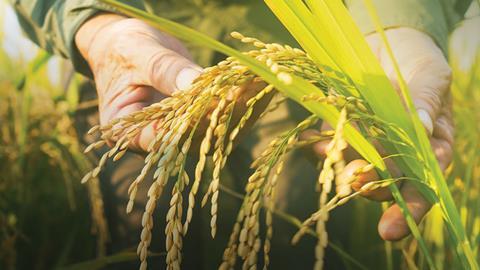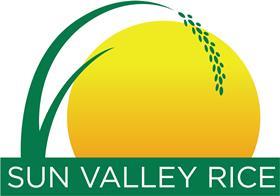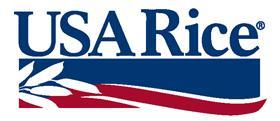Climate impact is becoming ever more important. And in California where increased temperatures, declining water supply, and more frequent wildfires persist, it’s a visceral issue. Californian rice business Sun Valley Rice tackles the challenge of maintaining production while protecting the environment.
California’s Sacramento River Delta is among the most fertile agricultural regions in the world. The delta’s rich soil, optimal growing temperatures, and pristine water from the Northern California mountains make it an ideal rice-growing location, even given the environmental challenge.
Natural filtration
Rice growers in California innovate with programmes that decrease the concentration of select pesticides in the surface water of their rice-growing regions. The registration, use and maintenance of pesticides is a matter that California approaches proactively.
To ensure better water quality, growers use the ‘four Rs’ of nutrient stewardship, applying fertiliser at the right source, right rate, right time, and right place1. Even the flooding of fields for seeding allows for cleaner water.
“Rice fields are natural filtration systems, and [the] water leaving fields is cleaner and clearer than when it went in the field,” says USA Rice’s director of sustainability Lydia Holmes2. These same winter-flooded fields lead to cleaner air by greatly reducing open-field burning of rice straw.
Wildlife haven
Improving biodiversity is also at the forefront of the Californian rice industry. Millions of ducks and geese, and hundreds of thousands of shorebirds including swans, cranes, bald eagles and many others rely on flooded rice fields to provide food and shelter.
It is estimated that nearly 230 wildlife species inhabit flooded Sacramento River Valley rice fields alone3. USA Rice also puts the value of habitat provided by overwinter flooded rice fields at $3.4bn4. This means that if US rice growers weren’t providing critical wildlife habitats in their working rice fields, it would cost the government $3.4bn to replace those rice fields with managed wetland habitats.
Flooded rice fields and the wildlife that find their homes there benefit one another. “Foraging waterbirds give back to the land in a myriad of ways as they search for feedstuffs in the grain residue left after harvest, helping to increase soil nutrients [and] straw decomposition, reducing weed and insect pressure, and providing other important agronomic advantages,” according to USA Rice5.
This synergistic use of land is the sort of big-picture planning that can be expected from the Californian rice business, where sustainability is top-of-mind.
Storage and relationships
Even California’s rice storage is deliberate. Warehouse practices create and maintain ideal holding conditions for rice. Unlike many other rice-growing regions, Californian rice is stored as paddy (with the husk intact) and milled right before packing and shipping. By storing rice in paddy form rather than milled rice, the husk provides some natural protection against insects.
US rice growers have spent the last 36 years reducing the use of land by 39%, water by 52%, and energy by 34%, providing millions of acres of wildlife habitat and producing a GMO-free product6.
Beyond the land, air, and water, Californian rice businesses like Sun Valley Rice continue to provide the utmost dedication to their growers. Relationships with local growers have been expansive and abundant, spanning various counties in Northern California.
As fifth generation farmers, Sun Valley Rice understands the diligence and grit it takes to prosperously grow rice. Partnering closely with growers helps to ensure fair, ethical, and competitive returns. Through ongoing fair labour practices and a deep community involvement, the company is committed to fostering and building those relationships.
Ingrained innovation and integrity
Sun Valley Rice’s dedication to the land combined with its ownership of rice sourcing, milling and production processes allows for a unique ability to provide a premium product consumers can feel good about.
The company’s ability to balance the art of growing locally-sourced rice from within 100 miles of their mill, combined with the continued responsibility of employing sustainable farming practices, allows it to be a leader in protecting natural resources.
Sources:
1, 2Open Access Government
3Ingrained, The California Rice Podcast
4-6USA Rice Federation





















